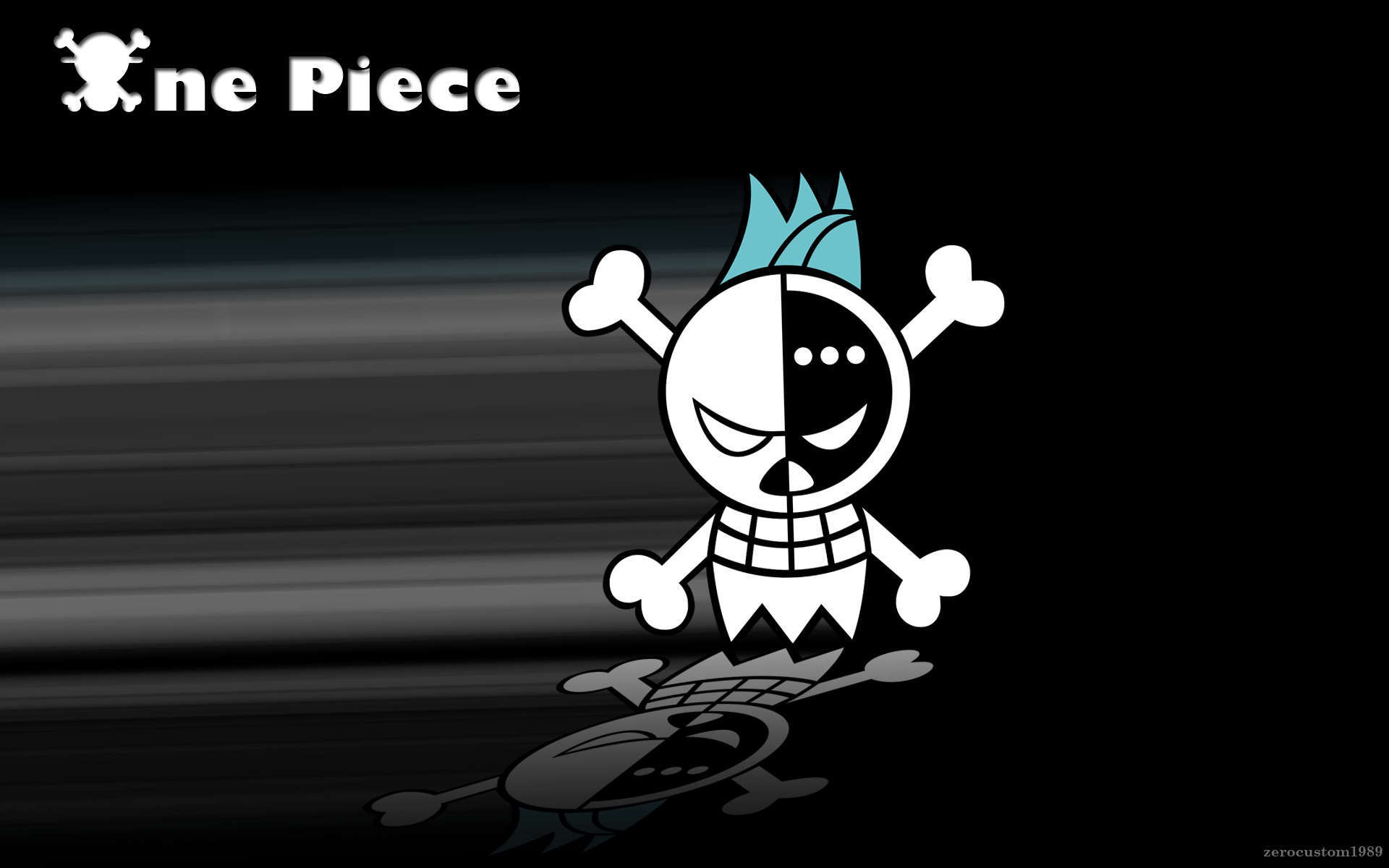
The United States Marine Corps Reconnaissance Battalions use skull and crossbones on their emblems, and so do several aviation squadrons in the Air Force, Navy and Marine Corps. The current squadron to hold the name is the VFA-103, Strike Fighter Squadron 103 (the "Jolly Rogers"), the skull and crossbones on all-black tails makes them easily identifiable. Inspired by the piratical theme of the aircraft's name, VF-17's commanding officer Tommy Blackburn selected the Jolly Roger as the squadron's insignia. The first incarnation of the "Jolly Rogers" was established on 1 January 1943 at NAS Norfolk, as VF-17, flying the F4U Corsair.

While these are distinctly different squadrons that have no lineal linkage, they all share the same "Jolly Roger" name, the skull and crossbones insignia and traditions. Naval Aviation squadrons have used the name and insignia of the Jolly Roger: VF-61 (originally VF-17), VF-84, and VFA-103. The Jolly Roger is now the emblem of the Royal Navy Submarine Service.Ī US Navy F/A-18F Super Hornet aircraft assigned to the "Jolly Rogers" of Strike Fighter Squadron 103 (VFA-103), prepares to launch from the flight deck of the Nimitz-class aircraft carrier USS Dwight D. In World War II it became common practice for the submarines of the Royal Navy to fly the Jolly Roger on completion of a successful combat mission where some action had taken place, but as an indicator of bravado and stealth rather than of lawlessness. and hang all crews." In response, Lieutenant Commander (later Admiral Sir) Max Horton first flew the Jolly Roger on return to port after sinking the German cruiser SMS Hela and the destroyer SMS S116 in 1914 while in command of the E-class submarine HMS E9. treat all submarines as pirates in wartime.


Members of the crew of HMS Utmost with their "Jolly Roger" success flag, photographed alongside the submarine depot ship HMS Forth in Holy Loch, on their return from a year's service in the Mediterranean on 6 February 1942Īdmiral Sir Arthur Wilson VC, the Controller of the Royal Navy, summed up the opinion of the many in the Admiralty at the time when in 1901 he said submarines were "underhand, unfair, and damned un-English.


 0 kommentar(er)
0 kommentar(er)
